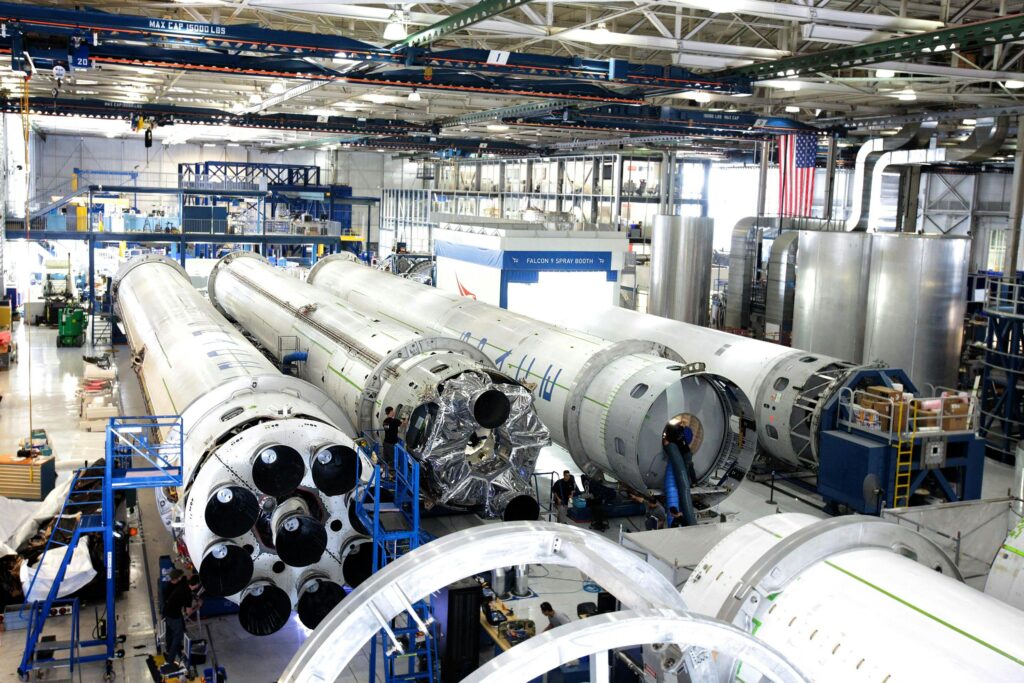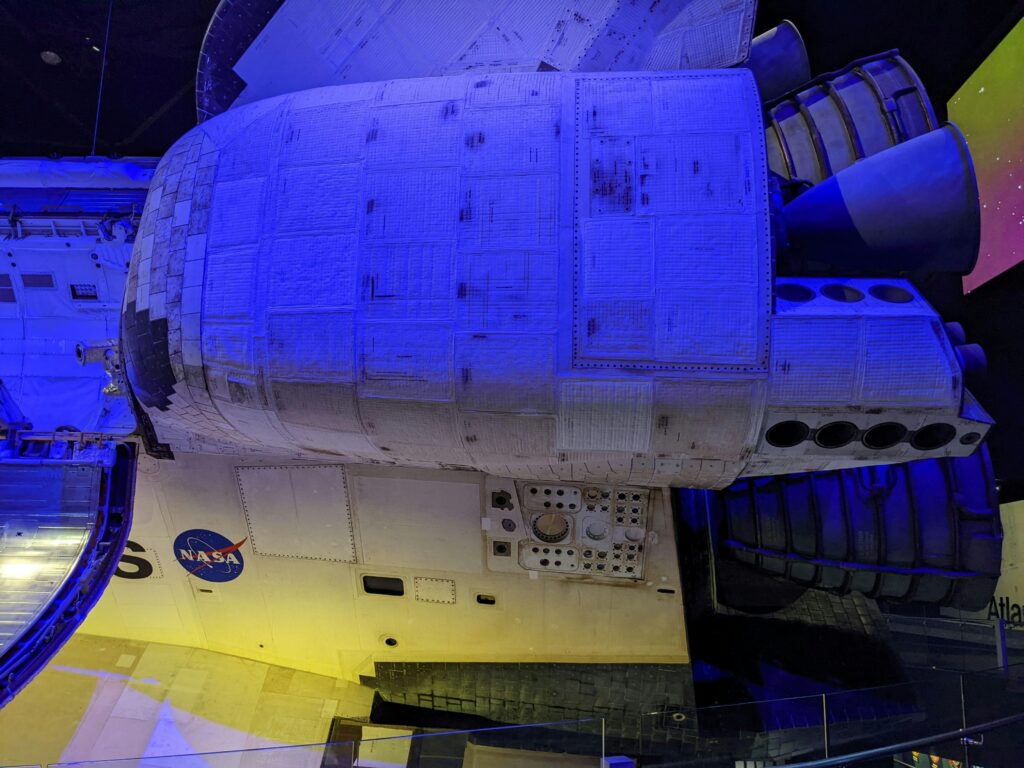Discover the exciting world of aerospace engineering with our beginner’s guide. Learn about the history, fundamental concepts, branches, modern trends, and career opportunities in this dynamic field. Perfect for aspiring engineers and aviation enthusiasts!
Introduction to Aerospace Engineering
What is Aerospace Engineering?
Ever looked up at the sky and wondered how those massive planes stay afloat or how spacecraft zoom past the stars? That’s the magic of aerospace engineering. Aerospace engineering is the branch of engineering that deals with the design, development, and production of aircraft and spacecraft. It merges the expertise of mechanical, electrical, and materials engineering to create and maintain everything that flies, both within Earth’s atmosphere and beyond.
Importance and Applications
Aerospace engineering isn’t just about cool planes and rockets. It’s a field that plays a crucial role in national defense, commercial aviation, space exploration, and even weather forecasting. The innovations and technologies developed in this field often find their way into everyday life, making it an exciting and impactful career choice.
History of Aerospace Engineering
Early Innovations
The roots of aerospace engineering can be traced back to the early experiments with flight by pioneers like the Wright brothers, who made the first controlled, powered flight in 1903. Before them, visionaries like Leonardo da Vinci conceptualized flying machines that laid the groundwork for future innovations.
Key Milestones
From the Wright brothers’ first flight to the moon landing in 1969 and the launch of reusable rockets by SpaceX, the history of aerospace engineering is marked by groundbreaking achievements. Each milestone has pushed the boundaries of what is possible, leading to safer, faster, and more efficient air and space travel.

Branches of Aerospace Engineering
Aeronautical Engineering
Aeronautical engineering focuses on the design and development of aircraft that operate within Earth’s atmosphere. This includes commercial airplanes, military jets, and helicopters.
Astronautical Engineering
Astronautical engineering, on the other hand, deals with the science and technology of spacecraft and launch vehicles that travel beyond Earth’s atmosphere. This branch covers everything from satellites to interplanetary probes and manned space missions.
Fundamental Concepts in Aerospace Engineering
Aerodynamics
Aerodynamics is the study of how air interacts with solid objects, like an airplane wing. It involves understanding and optimizing the forces of lift and drag to ensure that an aircraft can fly efficiently and safely.
Propulsion
Propulsion systems are what power an aircraft or spacecraft. This involves everything from jet engines that propel commercial airliners to the rocket engines that send spacecraft hurtling into space.
Materials Science
Materials science is crucial in aerospace engineering because the materials used must withstand extreme conditions. This includes high temperatures, immense pressures, and the wear and tear of flight.
Structural Analysis
Structural analysis involves examining the physical integrity of an aircraft or spacecraft. Engineers must ensure that these structures can withstand the stresses and strains they encounter during flight.
Aerodynamics
Basic Principles
At its core, aerodynamics involves understanding how air flows over a surface. This includes concepts like laminar and turbulent flow, which describe how smoothly air moves over a wing or fuselage.
Lift and Drag
Lift is the force that keeps an aircraft in the air, while drag is the resistance an aircraft faces as it moves through the air. Balancing these forces is key to efficient flight.

Computational Fluid Dynamics (CFD)
Modern aerodynamics relies heavily on Computational Fluid Dynamics (CFD) to simulate and analyze airflow over complex shapes. This allows engineers to optimize designs before they even build a physical model.
Propulsion Systems
Types of Propulsion Systems
There are several types of propulsion systems used in aerospace engineering, each suited for different applications. These include jet engines for high-speed flight and rocket engines for space travel.
Jet Engines
Jet engines work by compressing air, mixing it with fuel, and igniting the mixture to produce a high-speed exhaust that propels the aircraft forward. They are commonly used in commercial and military aviation.
Rocket Engines
Rocket engines generate thrust by expelling mass at high velocity. They are used for launching spacecraft and are capable of operating in the vacuum of space.
Materials Used in Aerospace Engineering
Metals
Metals like aluminum and titanium are commonly used in aerospace engineering due to their strength and lightweight properties. Aluminum is often used in aircraft structures, while titanium is used in high-stress areas like landing gear.
Composites
Composites, such as carbon fiber-reinforced polymers, are increasingly used in modern aircraft and spacecraft due to their superior strength-to-weight ratio and resistance to corrosion.
Advanced Materials
Advanced materials, including ceramics and shape-memory alloys, are being developed to meet the demanding requirements of future aerospace applications. These materials can withstand extreme temperatures and mechanical stresses.
Structural Analysis in Aerospace Engineering
Stress and Strain
Understanding how materials deform under various loads is critical in aerospace engineering. Stress and strain analysis helps ensure that structures can handle the forces they encounter during operation.
Fatigue and Fracture Mechanics
Fatigue and fracture mechanics involve studying how materials fail over time. This is essential for predicting the lifespan of components and ensuring the safety and reliability of aircraft and spacecraft.

Aircraft Design and Development
Conceptual Design
The conceptual design phase involves defining the overall shape, size, and configuration of an aircraft. This is where engineers decide on the basic parameters and performance goals.
Detailed Design
In the detailed design phase, every component of the aircraft is meticulously designed and integrated. This includes the aerodynamic surfaces, propulsion systems, and control mechanisms.
Testing and Certification
Before an aircraft can enter service, it must undergo rigorous testing and certification to ensure it meets safety and performance standards. This includes wind tunnel tests, flight tests, and structural tests.
Spacecraft Design and Development
Satellite Design
Satellites are designed to perform specific tasks, such as communication, weather monitoring, or scientific research. This involves choosing the right instruments, power systems, and communication links.
Space Probe Design
Space probes are designed for exploration missions to other planets and celestial bodies. They must be able to withstand harsh space environments and operate autonomously for extended periods.
Manned Spacecraft Design
Designing manned spacecraft involves additional challenges, such as life support systems, radiation protection, and safe re-entry capabilities. The goal is to ensure the safety and well-being of the crew.
Modern Trends in Aerospace Engineering
Unmanned Aerial Vehicles (UAVs)
UAVs, or drones, are becoming increasingly important in both military and civilian applications. They offer new capabilities for surveillance, delivery, and research.
Space Tourism
Space tourism is an emerging industry that aims to make space travel accessible to private individuals. Companies like SpaceX and Blue Origin are leading the charge in developing commercial spaceflight services.
Green Aviation
Green aviation focuses on reducing the environmental impact of air travel. This includes developing more fuel-efficient engines, alternative fuels, and sustainable aircraft designs.
Aerospace Engineering in the Industry
Key Players
The aerospace industry is dominated by major companies like Boeing, Airbus, Lockheed Martin, and SpaceX. These companies are at the forefront of innovation and technology development.
Career Opportunities
A career in aerospace engineering can be highly rewarding, offering opportunities to work on cutting-edge technologies and projects. Aerospace engineers can work in various roles, including design, testing, research, and maintenance.
Educational Pathways for Aspiring Aerospace Engineers
Degrees and Certifications
Aspiring aerospace engineers typically need a bachelor’s degree in aerospace engineering or a related field. Advanced degrees and certifications can enhance career prospects and opportunities for specialization.
Top Universities
Top universities for aerospace engineering include MIT, Stanford, Caltech, and the University of Michigan. These institutions offer rigorous programs that combine theoretical knowledge with practical experience.
Challenges and Future of Aerospace Engineering
Current Challenges
The aerospace industry faces several challenges, including high development costs, stringent safety regulations, and the need for sustainable practices. Addressing these challenges requires innovation and collaboration.
Future Prospects
The future of aerospace engineering is bright, with exciting prospects such as hypersonic travel, Mars exploration, and advanced air mobility solutions. Continued advancements in technology and materials will drive the industry forward.
Conclusion
Aerospace engineering is a fascinating and dynamic field that combines creativity, technical expertise, and a passion for exploration. Whether you’re interested in designing cutting-edge aircraft, exploring the mysteries of space, or contributing to sustainable aviation, aerospace engineering offers endless opportunities to make a significant impact on the world.
FAQs
- What skills are needed to become an aerospace engineer?
- Aerospace engineers need strong analytical and problem-solving skills, proficiency in mathematics and physics, and a solid understanding of engineering principles.
- How long does it take to become an aerospace engineer?
- It typically takes four years to earn a bachelor’s degree in aerospace engineering. Advanced degrees and certifications can take an additional two to five years.
- What is the difference between aeronautical and astronautical engineering?
- Aeronautical engineering focuses on aircraft within Earth’s atmosphere, while astronautical engineering deals with spacecraft and exploration beyond Earth’s atmosphere.
- Are there any emerging trends in aerospace engineering?
- Yes, emerging trends include unmanned aerial vehicles (UAVs), space tourism, green aviation, and hypersonic travel.
- What is the job outlook for aerospace engineers?
- The job outlook for aerospace engineers is positive, with opportunities in various sectors, including defense, commercial aviation, space exploration, and research and development.
